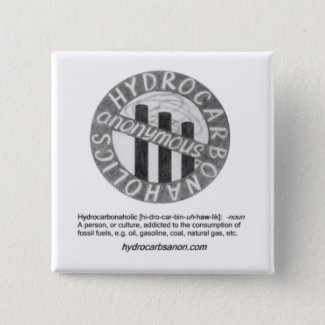It was a staple of the long distance, family road trip, into the 1960s: someone (usually the father) got exercised about the litter that had swined up the car, furiously collected it all and summarily tossed it out the window.
And. . . We’re Clean!
It’s a weird image to me. Not just because I can’t picture it, either as part of my childhood or now (“Littering Illegal: Fine up to $500”), but because it represents an oddly delimited sense of space and place.
I grew up sailing on the
But I digress.
The
Badly.
It never (as far as I know) caught fire, like the Cuyahoga
It is a great deal better now—thank you Pete Seeger and Clearwater!
I want to be critical, obviously, about how the river got as bad as it got. But I don’t want to be ahistorical. Plenty of things are better now from an environmental point of view: my grandfather was fond of pointing out that you could step off a curb on Manhattan’s Lower East Side in 1910 and end up ankle-deep in horse manure; in the New York that I remember as a child, most apartment buildings still had their own incinerators and it wasn’t unusual to see cinders streaming from chimneys or to get ash in your eye as you walked down Broadway (I kind of miss the roasted chestnuts you could buy on the street, infused with just a hint of diesel, but I digress again).
We do what we can with what we know, with the technologies (and the capital) at our disposal, and, perhaps most crucially, with the density we have to deal with. If it’s 1628 and my friend
But if the city of Troy (think Rensselaer Polytechnic Institute here, not Big Wooden Horse), with a population of 50,000 is dumping raw sewage into the river seven miles upstream from Albany, and the city of Albany is drawing its drinking water from the river. . . at some point, something’s got to give.
And so to the air.
Lots more air than water. And—in complex, precise, and technical terms—we are continuing to fuck it up.
I’m doing it as I tap away on my coal-fired computer.
We cleaned up our highways (and changed what constituted acceptable trash disposal behavior); we’ve done a great deal to clean up the Hudson and other American waterways; I believe it would be possible for us to halt and then reverse the build up of greenhouse gases in our atmosphere, though this would be the largest project ever undertaken by humanity.
It is hard to see, from the interior of a nice clean car that (fifteen miles back) we’ve set off a little IED of trash by the side of the road—we are so passed that; and it’s hard to see how beginning the innocuous seeming tradition of doing a little dumping in the river (what else am I supposed to do?!) ends up fouling an immense expanse of water; and it’s hard (it’s impossible!) to see CO2 and methane building up in the atmosphere.
But it’s important to open our eyes.







